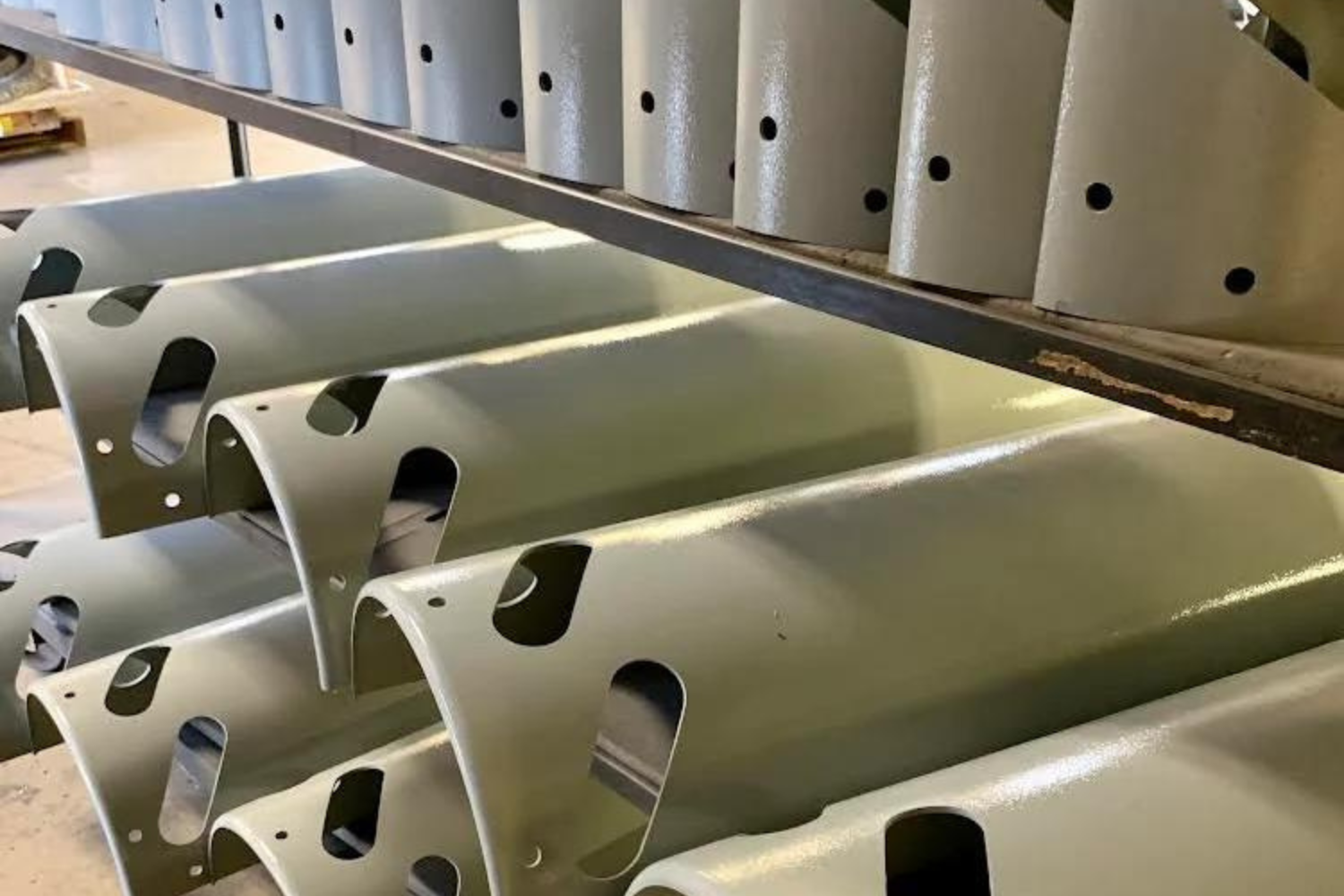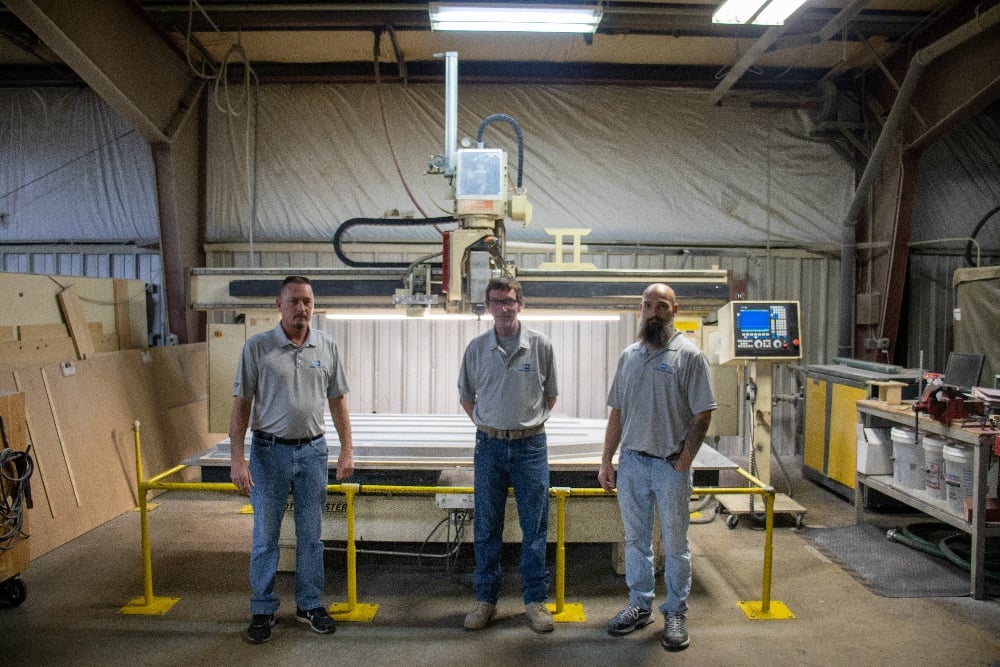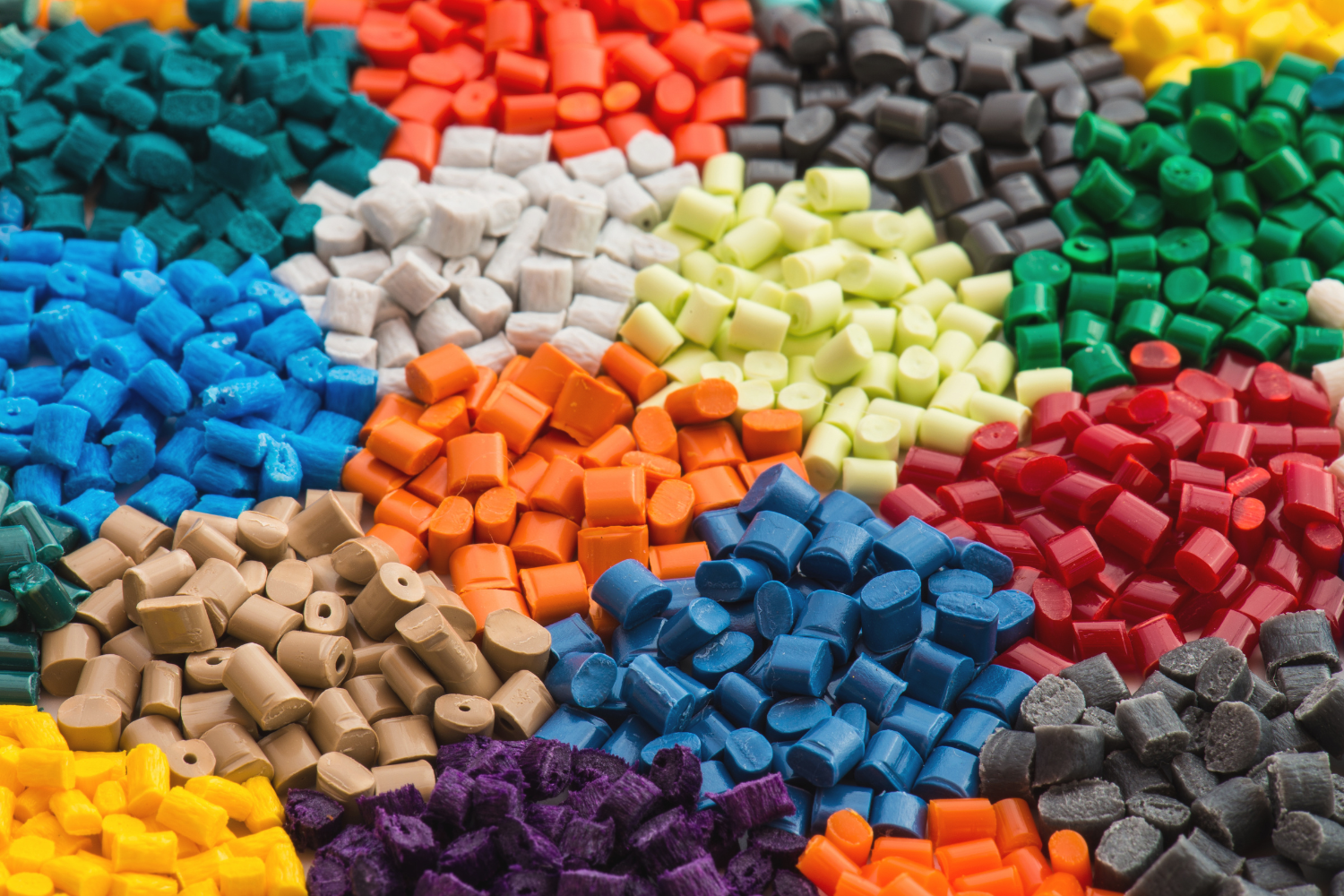The Economics of Thermoforming: When Lower Volumes Make More Sense Than Injection Molding
Choosing the proper plastic forming process in today's manufacturing landscape can significantly impact your project's overall cost structure and timelines. While injection molding has long been considered the gold standard for producing plastic parts, thermoforming offers compelling economic advantages in many scenarios, particularly for lower production volumes. Let's explore when thermoforming makes better financial sense and why.
Understanding the Economic Break-Even Point
The decision between thermoforming and injection molding often involves a straightforward economic analysis of the total project cost across different production volumes.

The aggregate part cost, including tooling costs, is lower for thermoforming if the production volumes are below 3,000-5,000 parts. The lower tooling cost offsets the higher individual cost of the thermoformed parts. Beyond these volumes, injection molding becomes more competitive because the tooling lasts longer, tooling costs are amortized over a larger production quantity, and the individual part price is lower.
This breakeven point—typically around 3,000 to 5,000 parts—is the critical threshold that procurement teams and engineers should consider when evaluating manufacturing options.
The Tooling Cost Advantage
Perhaps the most significant economic advantage of thermoforming is the substantially lower upfront tooling investment:
Due to thermoforming's nature, tooling costs are lower compared to other plastic molding processes and metal stamping to produce a similarly sized part. In many cases, only half of the mold is needed, compared to a male/female toolset, which reduces costs, design time, and increases flexibility. Typical thermoforming tools cost $5,000 to $50,000, compared to $ 20,000 to $150,000 or more for most other molding and stamping methods.
For startups, new product launches, or any situation where cash flow is a consideration, this difference can be decisive. Lower capital expenditure reduces financial risk, allowing companies to allocate resources to other critical aspects of product development and marketing.
Time Value of Money Considerations
Manufacturing economics isn't just about direct costs—time also represents significant value. Thermoforming shines in its ability to reduce time-to-market:
Thermoforming tooling typically takes between 1 and 8 weeks to produce, depending on the tool material and the quantity of parts required. In contrast, injection molding tooling typically takes between 12 and 16 weeks to make.
Following tooling development, thermoforming production usually occurs within 1-2 weeks after the tool is approved. With injection molding, production typically begins 4-5 weeks after tooling completion.
This faster timeline creates several economic advantages:
- Earlier market entry and revenue generation
- Reduced carrying costs for inventory
- Faster response to market changes
- Earlier feedback from customers for potential design improvements
Case Study: Specialty Vehicle Components
The economic benefits of thermoforming for lower volumes are particularly evident in specialty vehicle applications:
One of the unexpected outcomes we discovered was revealed when we ran the required impact tests for the ABS wall panels. A weight is propelled into the partition, and it must withstand specific forces from the cargo while also protecting the driver and passenger from injury. When we ran the test, there was virtually no indentation in the molded panels, and we could barely discern where the projectile had impacted the panel.

This case illustrates how thermoforming not only delivers cost savings but also performance benefits that were not initially anticipated, providing additional value beyond the direct economic considerations.
Economic Flexibility in Manufacturing Strategy
Thermoforming offers unique economic flexibility through its progressive tooling approach:
We can create prototype tooling using wood, ceramic, or machinable tooling boards. This simple yet effective and accurate initial tooling enables us to test designs and materials without incurring tens of thousands of dollars in prototype tooling costs. Wood tooling enables us to produce approximately a dozen test parts—more than enough to conduct initial feasibility tests. Machinable tooling boards are more robust, allowing us to make a few thousand parts using these tools.
This staged approach allows companies to:
- Test market response with minimal investment
- Make design modifications before committing to production tooling
- Scale production volume as demand is proven
- Manage cash flow more effectively throughout the product lifecycle
When Large Part Size Affects Economics
For larger components, thermoforming often remains economically advantageous even at higher volumes:
Large vs. small is usually a relative comparison, depending on the types of parts being described. When it comes to thermoforming parts, we define 'large' as being larger than two feet square, up to 6 feet by 10 feet. Below this size, the tooling cost and part price balance between thermoforming and injection molding is much closer. The decision then is more closely related to lead times, surface treatments, and material type.
Large parts present unique economic challenges for injection molding, including significantly higher tooling costs, larger press requirements, and more complex material handling. Thermoforming often remains the economically viable choice for large parts across a broader range of production volumes.
Hidden Economic Benefits of Thermoforming
Beyond the obvious cost advantages, thermoforming offers several hidden economic benefits worth considering:
Because the material is a thick gauge, the parts can be made in large sizes; we can mold sheets up to 6 ft by 10 ft with a rigid structure. Large parts often require this thicker gauge and a somewhat rigid structure to add the required support.
Additional economic advantages include:
- Lower shipping costs due to lighter-weight components
- Reduced secondary operations in many applications
- Lower assembly costs through parts consolidation
- Reduced warranty claims through improved impact resistance
- Better thermal efficiency in certain applications
Making the Economic Decision
Thermoforming presents a compelling economic case for production volumes ranging from 3,000 to 5,000 units and for larger parts across a broader range of volumes. The decision framework should consider:
- Total project cost including tooling amortization
- Cash flow requirements and capital expenditure limitations
- Time-to-market requirements
- Part size and complexity
- Anticipated design changes or product iterations
- Performance requirements and material selections
By taking these factors into account, manufacturers can make economically sound decisions that optimize both short-term cash flow and long-term production economics.
For projects where margins are tight, timelines are critical, or volumes are uncertain, thermoforming often provides the economic flexibility needed to bring products to market successfully while maintaining financial prudence.



